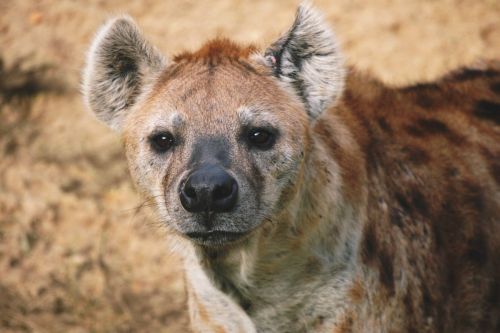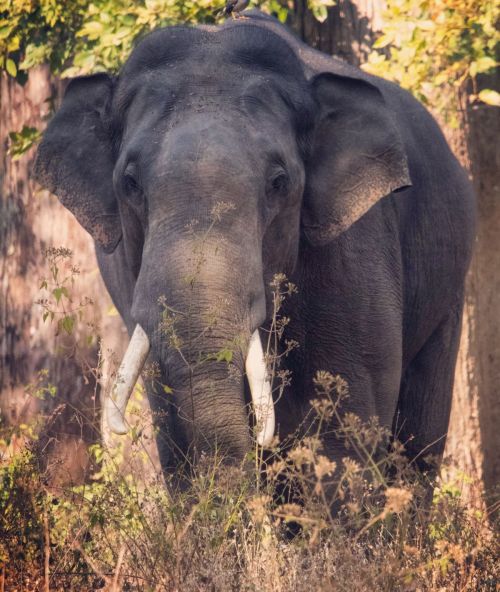They used to inhabit the Australian continent, but for unexplained reasons, disappeared from there about three thousand years ago. Today, they can only be found in Tasmania.
Although a few years ago the species was attacked by a virus-spreading tumor that dwarfed the Tasmanian devil population, today the situation is back to normal. It is estimated that there are currently between 20.000 and 50.000 adult representatives, not a small number, but the International Union for Conservation of Nature classifies Tasmanian devils as an endangered species.
It includes 69 species of which the Tasmanian devil is the only representative of the genus Sarcophilus. It is the largest currently living carnivorous marsupial.
The male's body length is about 90 cm and weighs 8 kg, while females average 81 cm and weigh 6 kg.
However, not all Tasmanian devils have a white accent; 16 percent of the population is completely black.
In the Pleistocene, Tasmanian devils still inhabited Australia but became extinct about 3000 years ago, and the reasons for their extinction on the continent are not yet known. It is speculated that dingoes that entered Australia between 8000 and 6500 years ago may have contributed to their extinction.
Their jaws expand 75 degrees to 80 degrees and their bite force exceeds 550 N. According to the bite force quotient (BFQ), they outclass the tiger, lion, leopard, or brown bear.
When attacking, they scratch and bite their prey. They can attack up to 3.5 times larger prey and are known to hunt wombats weighing up to 30 kg.
They go out foraging then, seeking both live prey and carrion. They often eat in groups of 2 to 5 individuals. They spend their days in bushes or burrows.
To locate prey, on the other hand, they use smell, which can detect scent from one kilometer away. Sight is adapted to a nocturnal lifestyle, so they see best in black and white with it being easier for them to see moving objects than stationary ones.
Usually, acts of cannibalism occur when food is scarce. Probably for this reason, juveniles have evolved the ability to climb trees and shrubs, which they lose with age.
They leave neither fur nor skin, which they are excellent carrion eliminators. In the case of larger animals, they usually start their meal with the stomach, intestines, and their contents and after consuming it, they can enter in place of these organs and start consuming the carcass from the inside.
They can cross rivers as wide as 50 meters in this way. Observations show that such swimming gives them pleasure even when the water is very cold.
Each individual has several burrows that it uses. They also pass from generation to generation so that one burrow can provide shelter for dozens of generations of devils over hundreds of years.
When setting up such a lair, they often steal blankets, pillows, or clothing from human settlements, which they take to their new "headquarters."
Newborn Tasmanian devils weigh between 0.18 and 0.24 grams. Competition in these animals lasts from the first seconds of life. After birth, they have to travel from the vagina to the female's nesting pouch and attach themselves to the nipple. Unfortunately, the female has only four and can feed the same number of young. When a newborn Tasmanian devil reaches the breeding pouch, it attaches to the nipple and remains so attached for the next 100 days.
In captivity, they can live up to 7 years.












